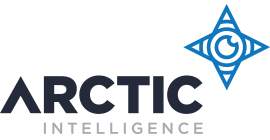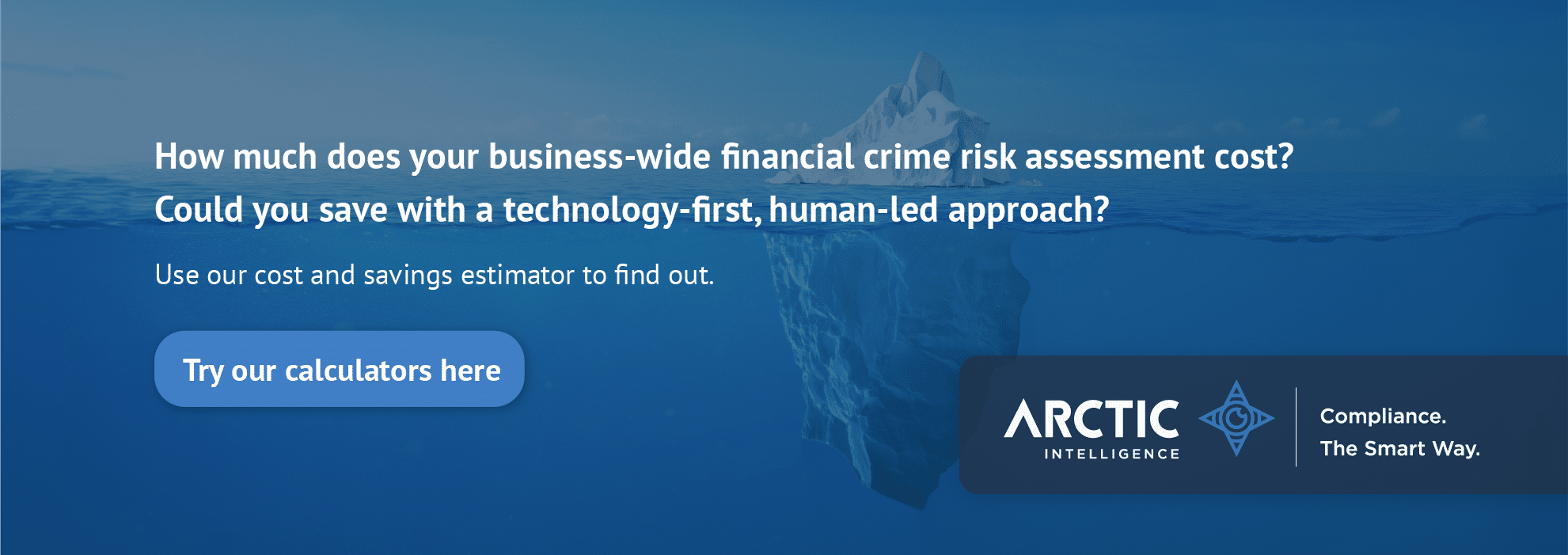Introduction
As financial crimes grow more sophisticated, gatekeepers such as lawyers, accountants, real estate agents and trust and company service providers (TCSPs) face increasing pressure to meet stringent anti-money laundering (AML) and counter-terrorism financing (CTF) obligations. While these professions play a vital role in detecting and preventing illicit financial activities, traditional methods of compliance often fall short in addressing the complexity and scale of modern financial crime. Technology and automation are transforming the AML compliance landscape, equipping gatekeepers with advanced tools to streamline processes, enhance efficiency, and strengthen defences against financial crime. This article explores the critical role of technology in AML compliance, reviews key tools and technologies, and provides insights into their application across gatekeeper professions.
The role of technology in AML compliance
Technology has become indispensable in modern AML compliance for several reasons:
- Efficiency: Automated tools significantly reduce the time and resources required for manual compliance tasks such as due diligence, transaction monitoring, and reporting
- Accuracy: Advanced technologies minimize human error, ensuring greater accuracy in identifying red flags and detecting suspicious activities
- Scalability: Automated systems can handle large volumes of data, enabling gatekeepers to meet compliance requirements as their client base grows
- Real-Time Monitoring: Technology facilitates real-time analysis of transactions and client activities, allowing for immediate responses to potential risks
- Global Coverage: Many tools incorporate data from international databases, helping gatekeepers comply with AML/CTF regulations across multiple jurisdictions
Key technologies for AML compliance
Business Wide Risk Assessment Systems
Business wide risk assessments allow regulated businesses to identify and assess financial crime and other risks and allow them to assess the design and operational effectiveness of the mitigating procedures and controls and identify opportunities to strengthen them. These systems contain capabilities like:
- Methodology Configuration: to align to the risk management framework adopted by the organisation and includes the underlying risk models, answer sets, proportionate weightings and control ratings
- Digitisation: Allowing organsations that mature beyond simplistic excel-based financial crime risk assessments allowing them to leverage audit trail, workflow and advanced dashboards and analytics
- Automation: Allowing organisations to automate the end-to-end risk assessment process by creating data sets based on risk models, populating these data sets via CSV or API files and automate the completion of the inherent risk assessment process
Customer Due Diligence (CDD) and Know Your Customer (KYC) Tools
Gatekeepers must perform due diligence to verify client identities and assess risks. Technology-driven CDD and KYC tools automate these processes by:
- Identity Verification: Using biometric authentication, AI-driven document analysis, and facial recognition to confirm client identities
- Risk Profiling: Leveraging algorithms to evaluate client risk based on factors such as geographic location, business activities, and transaction patterns
- Screening Against Watchlists: Automatically cross-referencing client information with global sanctions lists, politically exposed persons (PEP) databases, and adverse media reports.
Applications:
- Lawyers can use CDD tools to identify beneficial owners in complex corporate structures
- Accountants can verify client identities and sources of income during tax planning or audits
- Real estate agents can screen buyers and sellers to detect high-risk individuals or entities
Transaction Monitoring Systems
Transaction monitoring systems analyse financial transactions to identify patterns indicative of money laundering or terrorism financing. These systems use:
- Rule-Based Models: Predefined rules to flag suspicious activities, such as large cash deposits or frequent international transfers
- Machine Learning Algorithms: Adaptive models that learn from historical data to identify anomalies and predict future risks.
- Real-Time Alerts: Notifications for unusual activities, enabling prompt investigation and reporting.
Applications:
- Lawyers managing client funds in trust accounts can monitor for irregular transactions
- Accountants can track inconsistencies in financial statements and cash flows
- Real estate agents can flag unusual payment methods, such as large cash transactions
Blockchain and Distributed Ledger Technology (DLT)
Blockchain technology enhances transparency and traceability in financial transactions. Key features include:
- Immutable Records: Ensuring transaction data cannot be altered, reducing the risk of fraud
- Shared Ledgers: Facilitating secure and transparent collaboration among multiple parties
- Smart Contracts: Automating compliance checks and reporting requirements.
Applications:
- TCSPs can use blockchain to maintain transparent records of company formations and ownership changes.
- Lawyers can leverage blockchain to verify the legitimacy of assets in legal disputes or transactions.
Artificial Intelligence (AI) and Machine Learning (ML)
AI and ML are revolutionizing AML compliance by:
- Enhancing Risk Detection: AI-powered tools analyse vast datasets to identify complex money laundering patterns
- Reducing False Positives: Machine learning models improve over time, minimising false alerts and focusing on genuine risks
- Automating Compliance Tasks: AI streamlines processes such as document analysis, case management, and reporting
Applications:
- Accountants can use AI to detect irregularities in financial records indicative of tax evasion
- Real estate agents can apply ML algorithms to identify suspicious trends in property transactions.
Data Analytics and Visualisation Tools
Data analytics tools help gatekeepers make sense of large volumes of information by:
- Aggregating Data: Consolidating client and transaction data from multiple sources
- Visualising Trends: Using dashboards and heatmaps to highlight high-risk clients, sectors, or regions
- Generating Reports: Automating the preparation of compliance reports for regulators.
Applications:
- Lawyers can use analytics to assess risk across their client portfolio.
- TCSPs can identify trends in company registrations that may indicate abuse by criminal networks.
Overcoming challenges in technology adoption
Despite the advantages, adopting technology in AML compliance is not without challenges. Common obstacles include:
- Cost: Advanced AML tools can be expensive, posing challenges for smaller firms
- Complexity: Integrating new technologies with existing systems requires expertise and time
- Data Privacy Concerns: Compliance tools must adhere to data protection regulations, such as GDPR, to safeguard client information
- Resistance to Change: Professionals accustomed to traditional methods may resist adopting new technologies
Strategies for effective technology integration
To overcome these challenges, gatekeepers can adopt the following strategies:
- Risk-Based Approach: Prioritise technology investments based on the highest areas of risk
- Training and Support: Provide staff with comprehensive training on how to use compliance tools effectively
- Collaborate with Vendors: Work with technology providers to customize solutions that meet specific business needs
- Start Small: Begin with scalable solutions, such as cloud-based AML platforms, that can grow with the organisation
- Regular Reviews: Continuously evaluate and update technology to align with evolving regulatory requirements
The future of AML compliance technology
The integration of technology and automation in AML compliance will continue to evolve, driven by:
- AI Advancements: Increasingly sophisticated models for detecting emerging financial crime patterns
- Global Standardisation: Greater alignment of AML technologies with international regulatory frameworks
- Enhanced Collaboration: Improved data-sharing mechanisms between gatekeepers, regulators, and financial institutions
- Quantum Computing: Potential breakthroughs in data analysis and encryption for enhanced security.
Conclusion
Technology and automation are transforming the AML compliance landscape, enabling gatekeepers to meet their obligations more efficiently and effectively. By leveraging tools such as AI, blockchain, and transaction monitoring systems, professionals in law, accounting, real estate and TCSPs can strengthen their defences against financial crime. While challenges remain, a strategic approach to technology adoption can ensure that gatekeepers remain at the forefront of global AML/CTF efforts, safeguarding the integrity of financial and legal systems.



